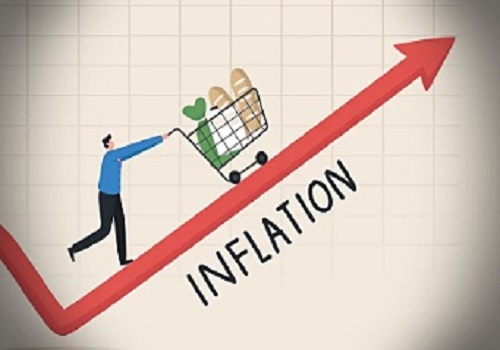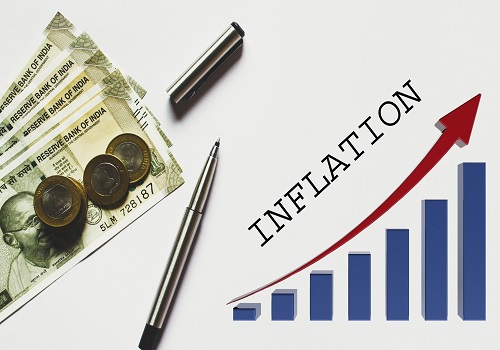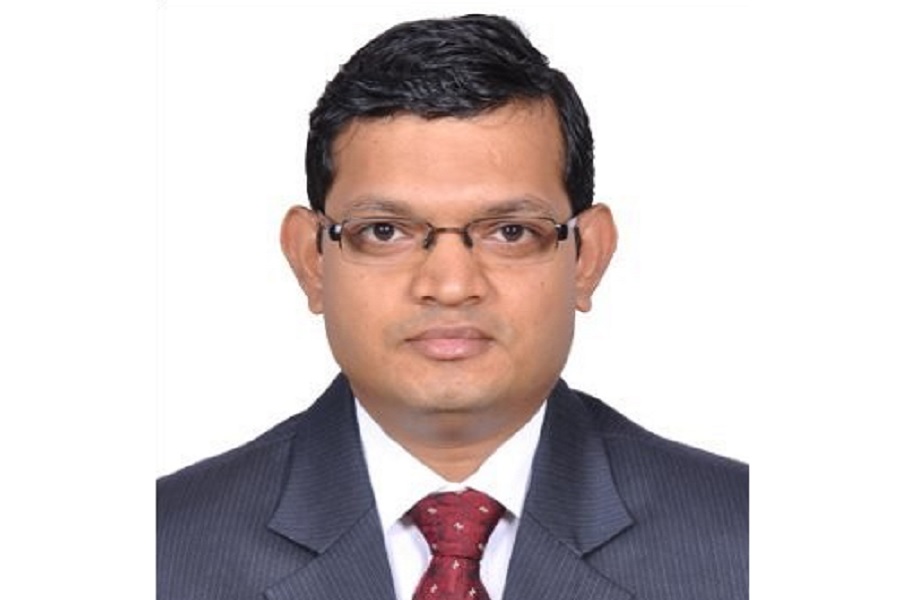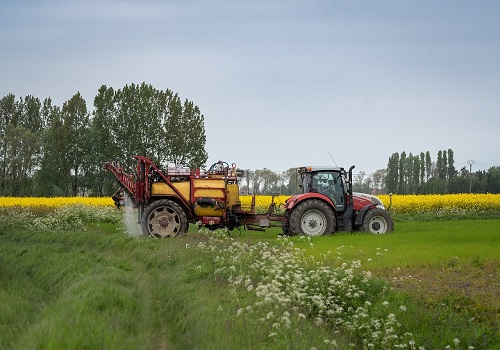The Economy Observer : A few details regarding `Other Personal Loans` by Motilal Oswal Financial Services Ltd

A few details regarding “Other Personal Loans”
The majority of these loans are long-term in nature with a ticket size of INR0.5-2.5m
India’s household (HH) debt has risen from 31-32% of GDP a decade ago to 36.9% in FY20 and further to 43.5% of GDP as of 2QFY251 (Exhibit 1). Scheduled Commercial Banks (SCBs; excluding regional rural banks) account for about three-fourths of the total household debt in the country, and their data confirm that unsecured personal loans have increased at a faster pace in the past few years (Exhibits 2 and 3). “Other personal loans (OPLs)” account for about four-fifths of all unsecured personal loans (Exhibit 4). While there is no official data to find out the constituents of OPLs, RBI documents publish various other details on OPLs, which we discuss in this note. Below are the key findings2,3:
* How big are OPLs? The OPLs now account for more than 9% of SCBs total loan book, almost double that of a decade ago. They amount to 15-16% of the total household debt of SCBs, compared to 10% a decade ago and 29% of all PLs, much higher than 23-24% a decade ago, but lower than its peak share of 31% in FY23 (Exhibits 5 and 6). OPLs have grown at a CAGR of 20-21% during the past 4-5 years, compared to 12-14% growth in SCBs’ total loan book and 16-17% growth in SCB’s HH debt.
* What is the maturity profile4 of OPLs? More than 70% of OPLs are long-term in nature, which are granted for a period of above three years, and another 11-12% are medium-term loans (with 1-3 year maturity). The former has increased in the past decade, while the latter has been largely unchanged (Exhibit 7). This comes as the most surprising finding since we had imagined (before looking at this data) OPLs to be of medium-term maturity profile. It is, however, still unclear as to what sort of loans would comprise OPLs.
* Size of credit limit5 of OPLs: The share of small loans (with a sanctioned credit limit of up to INR0.5m) and large loans (above INR2.5m) has declined in the past decade, while medium-sized loans (INR0.5-2.5m) have mushroomed. Over the past five years, small-sized OPLs have accounted for less than a third, while large-sized OPLs have only made up 15-16% compared to about a quarter of a decade ago. It means that the share of medium-sized OPLs has almost doubled in the past decade to reach 54% now (Exhibit 8).
* Population-wise distribution6 of OPLs: The share of rural and semi-urban loans has increased in the past decade, while it has fallen for the urban and metropolitan areas (Exhibit 9). OPLs to the rural population group have increased to their highest level of 11.2% in 2QFY25 (vs. 10% a decade ago), while it has increased to 23% for the semi-urban population group. In other words, OPLs to rural populations have increased at the fastest pace in the past decade (or five years), followed by semi-urban and other groups.
* State-wise7 classification of OPLs: The share of Eastern, Western, and Central India has increased in OPLs, while it has fallen sharply for Northern and Southern India in the post-pandemic period (Exhibit 10). Arranging the states by the change in their share in OPLs since Dec’19, Maharashtra (MH), Tamil Nadu (TN), Bihar (BH), Uttar Pradesh (UP), and Andhra Pradesh (AP) have gained the maximum, while Delhi (DL), Karnataka (KA), Kerala (KL), Punjab (PB), and Gujarat (GJ) have been the main losers (Exhibit 11).
* Weighted average lending rate (WALR) of OPLs: The cost of OPLs has increased from its low of 10.5% in 4QFY22 to 11.4% in 2QFY25. Not only has it increased more slowly than the rise in the repo rate since 2022, but the cost of OPLs is still lower than 13% a decade ago. Importantly, it is surprising to notice that the interest rates on housing (secured) loans have increased much faster than on OPLs since 2022, due to which the spread between these two kinds of loans at two extremes on the risk scale, is about 2.5 percentage points (pp) lower than in the pre-CY23 years (Exhibit 12).
Overall, the majority of the OPLs are: a) long-term loans, b) with a credit limit of INR0.5-2.5m, c) growing at a faster pace in the rural and semi-urban population, d) rising more in Eastern, Central, and Western India, with Maharashtra witnessing the highest rise in share and Delhi the largest drop, and e) witnessing gradually higher costs, though its spread vis-à-vis housing loans remains much lower than in the pre-CY23 years.
For More Research Reports : Click Here
For More Motilal Oswal Securities Ltd Disclaimer
http://www.motilaloswal.com/MOSLdisclaimer/disclaimer.html
SEBI Registration number is INH000000412

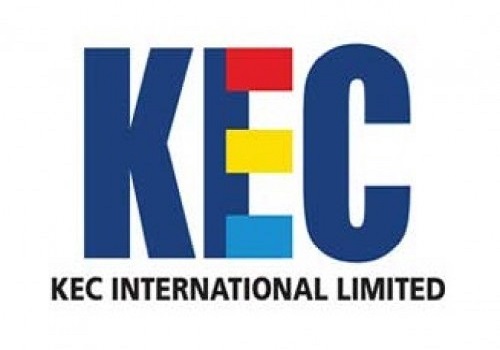

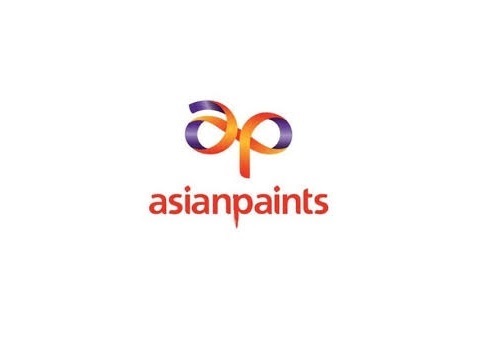

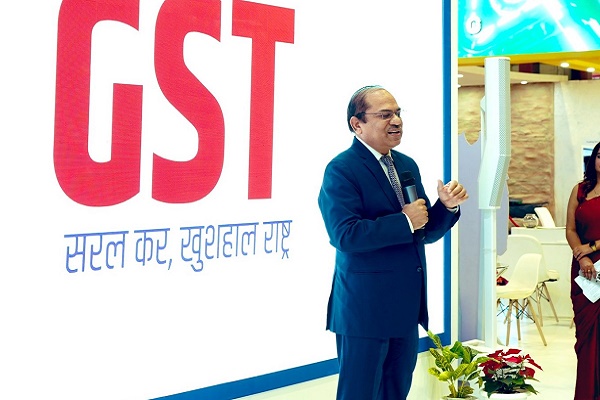
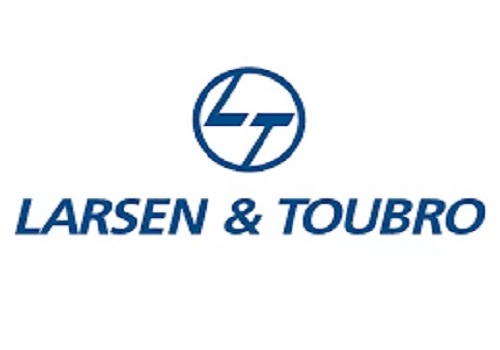

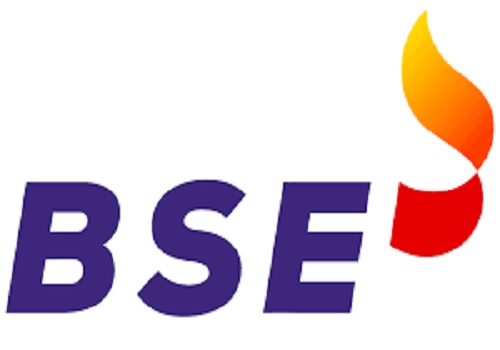

More News

The Economy Observer : Economic Survey 2024-25: India`s Growth Roadmap Towards `Viksit Bhara...
